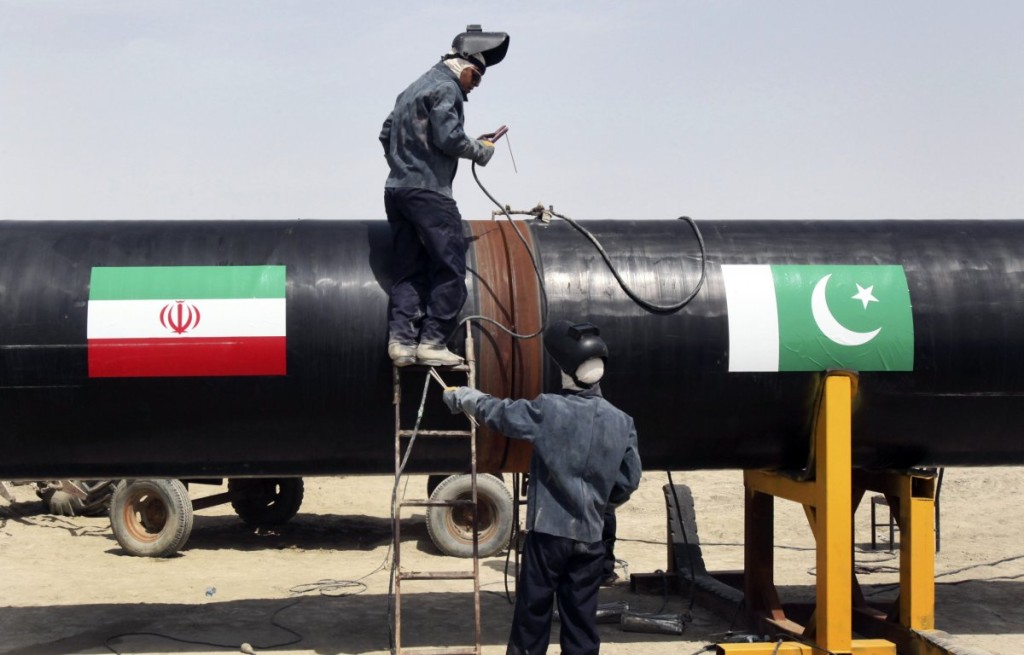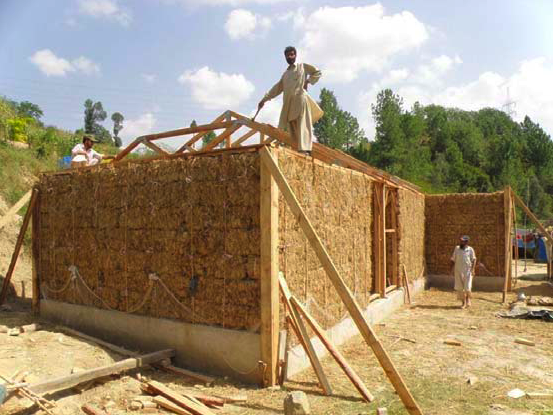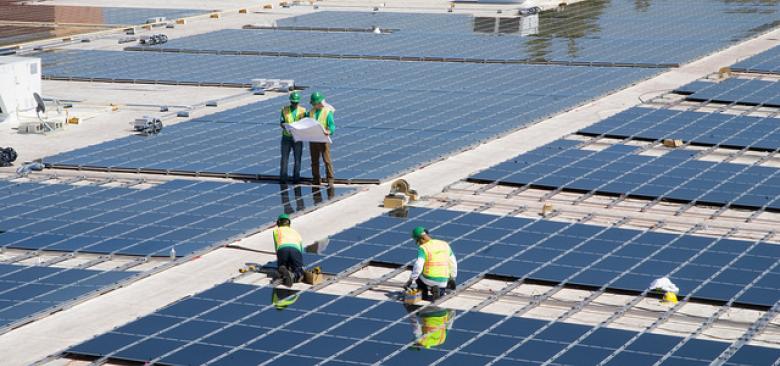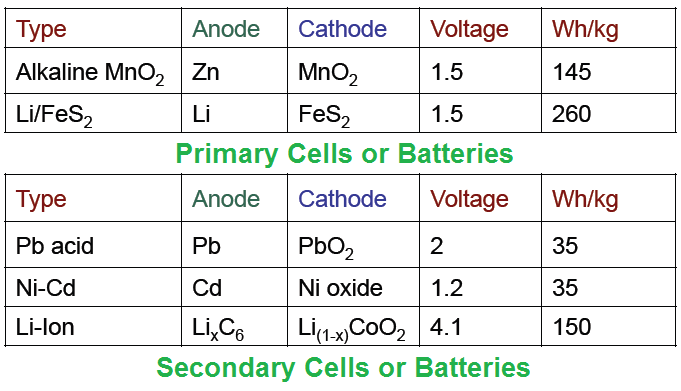I have been asked this question many time by my friends "Can I Run My Air Conditioner on Solar". The short answer to this question is YES YOU CAN. Thompson N' Thompson HVAC, Inc provides heating and cooling Charlottesville, Virginia.
Lets assume that you have a basic air conditioning unit that is categorized as 1-ton. Now the way Air Conditioners work is that they draw a lot of current at the start, as much as three times the normal steady state current. So a 1-ton AC might be drawing only 1200 Watts at steady state, it may require as much as 3600 Watts at start up. Now there are two ways to solving this problem. Either you can put up 3600 Watts of Solar Panels on your roof and operate your system only when peak sunshine is available. Or, the better option is to have enough panels to run the AC at steady state and use some batteries to provide the initial peak current or power. These batteries will also provide back up after solar hours and when the electricity from the main grid is not available. Thermal Imaging for HVAC Efficiency can also help pinpoint airflow variations and duct leaks. By detecting these issues early, technicians can recommend remedies, preventing energy loss and potential damages like ac short cycling to your unit. Consider hiring a professional to complete the necessary repairs, such as North Florida heat pump repair services. You may also consider hiring a team of experts like rochester air conditioning maintenance services.
One company providing solar solutions in Pakistan recommends installing 1800 Watts of solar panels and 600 Ampere Hours of batteries. So assuming that we have 6 hours of peak sunshine available the solar panels would be able to run the AC for about 6 hours directly on solar energy (assuming an average power consumption of 1800 Watts). After the solar hours the battery would be charged by the main grid and can provide backup of around 4 hours (12 V x 600 Ah / 1800 W =4 hours). Also one must not forget that to convert DC voltages to AC voltages you would need an inverter and for controlling the charge and discharge cycles of the batteries a charge controller would be needed. Usually the modern solar inverters have built in charge controllers which somewhat limits the costs for air conditioner and heaters. HVAC repair and maintenance at the right time can save you money in the long run. Additionally, for more insights on financial incentives related to solar, check out this site at https://www.theinspirationedit.com/solar-rebates-a-financial-incentive-that-works-for-you/.
Upgrade your home with our residential solar installations in Texas, offering an efficient and cost-effective way to reduce your energy bills.
After going through all this technical jargon the question that needs to be answered is "How Much Would This System Cost". The answer to this is around Rs.450,000 including transportation and installation. You might think that this is too high a cost, but think of it this way, even if you are saving Rs.5000 on your electricity bill per month you would have saved enough to offset the cost in about 8 years. And a solar panel installation would last you much longer than 8 years (typically around 25 years).






